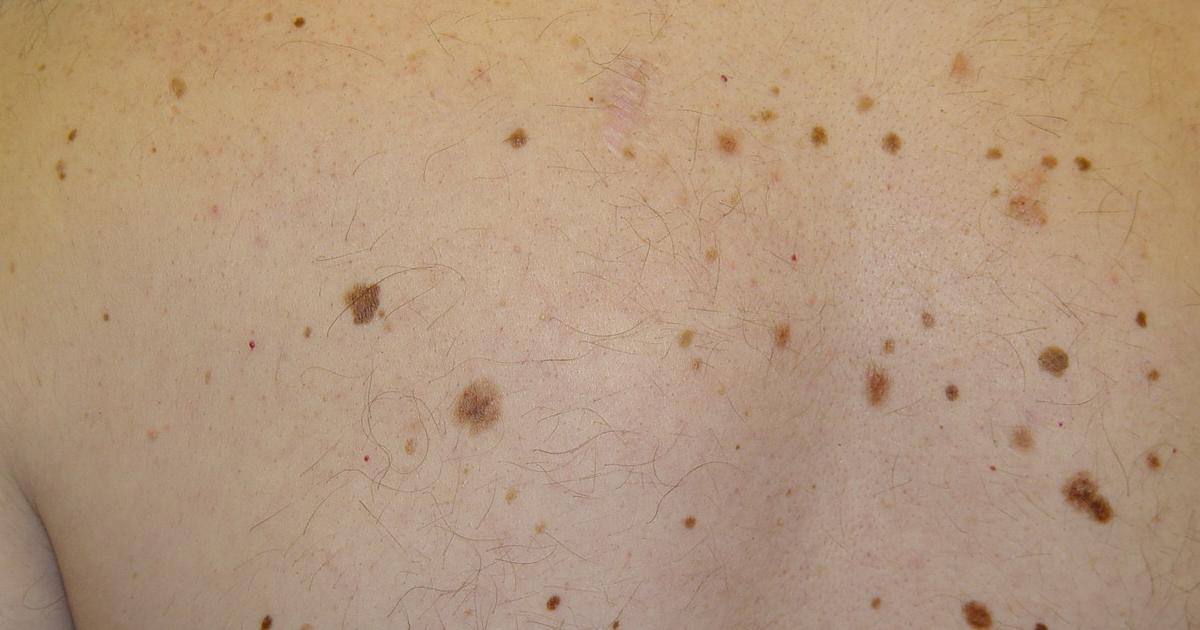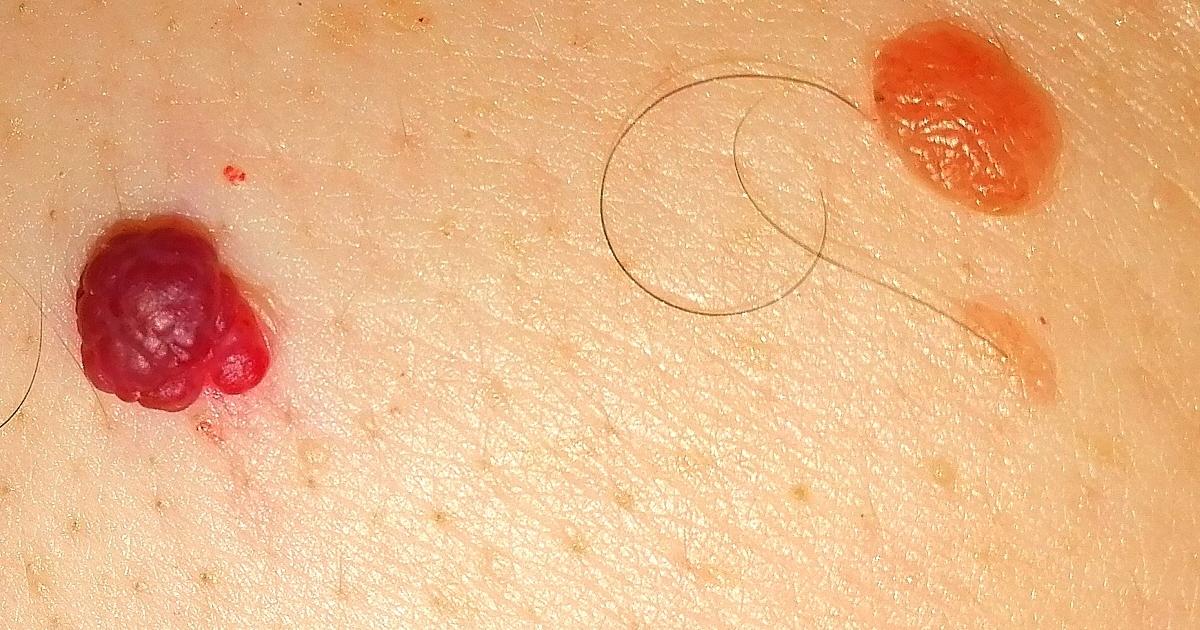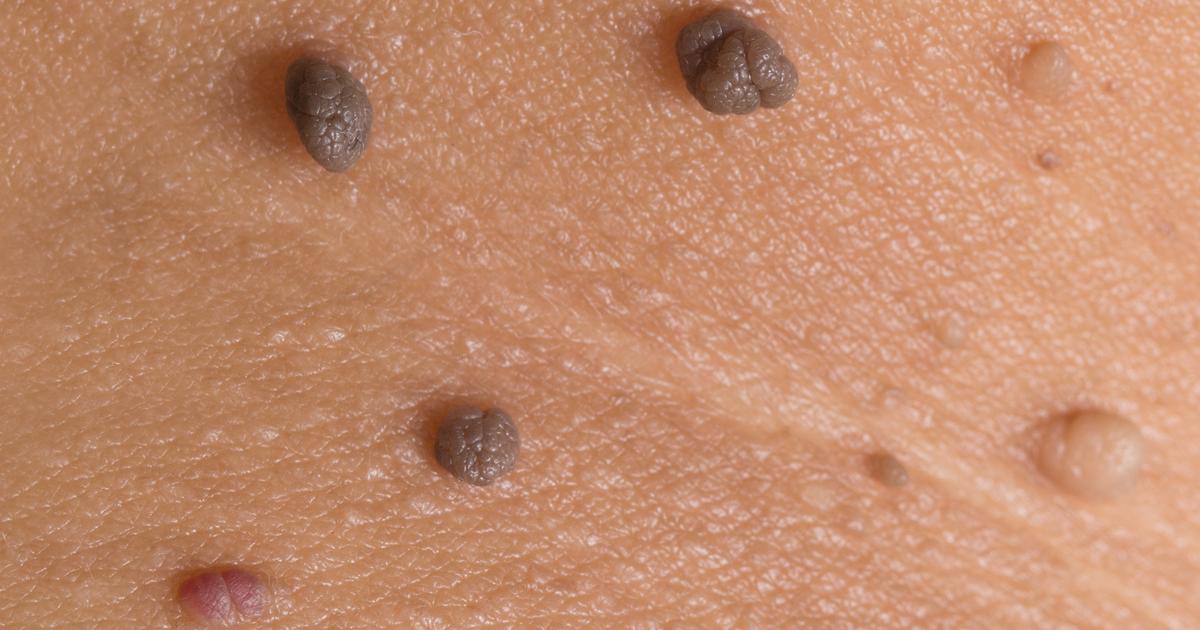How To Identify Abnormal Moles
Abnormal mole is a term used to describe moles with an unusual appearance and those that possess irregular features when examined underneath a microscope. Abnormal moles are not always dangerous, but they should captivate more attention due to their increased risk of developing into a dangerous type of skin cancer referred to as melanoma. Abnormal moles can develop anywhere on an individual's body, so it is critical for everyone to know their skin and take account of all moles they have. The appearance of abnormal moles can vary extensively. Keeping track of moles on the body is the best way for an individual to identify any abnormalities, new growths, or other suspicious changes. With a cursory glance, it can be difficult or challenging to distinguish an abnormal mole from a normal mole.
The ABCDE method can be used to help detect warning signs of abnormal moles. Learn about this now.
Asymmetrical Shape

The first way to identify abnormal moles is by searching for an asymmetrical shape. Every month an individual should check all of their moles to see if they are symmetrical or have had a change in their symmetry. When a mole is not symmetrical, it means one half of the mole is not the same shape and does not match the other half of the mole. Both the top and bottom half of an individual's moles should match each other in shape, and the left and right sides of an individual's moles should match each other in shape. All moles from an individual's head to their toes should be checked for asymmetry and changes in symmetry over time. The areas in between the fingers and toes, as well as the areas on the armpits, on the scalp, and underneath the fingernails, should be checked once a month for any moles that exhibit any form of asymmetric shape. All moles found to be asymmetrical should be checked by a dermatologist to ensure they are not precancerous, though there is the occasional abnormal mole that does not develop into cancer that may not be perfectly symmetrical.
Uncover the next step in identifying an abnormal mole now.
Border

The second way to identify abnormal moles is by searching for irregular borders. An individual should check all of the moles on their body monthly for any changes in the shape of their borders. Any moles that display an abnormal or irregular shaped border are a cause to be concerned. An abnormal or irregular border is best defined as one that is not even, has a scalloped shape, is ambiguous, is undefined, has a notched shape, or any other border characteristic that appears odd in comparison to regular moles. It is of particular concern when a mole spills or fails to contain its pigment in the form of a border. The pigment of a mole may surpass where its border should be and spread into the skin that neighbors it. Moles considered normal have a round or oval shape with characteristic sharp and well-defined borders. A normal mole that is not of any concern will also have a border around its perimeter that is fairly uniform without any notches, projections, or indentations. Any mole that does not meet this border criterion or changes to where it no longer meets this criterion should be examined by a dermatologist.
Get the details on the next step in the ABCDE method of identifying abnormal moles now.
Color

The third characteristic of abnormal moles is abnormal coloring. The very first property of an abnormal mole that raises concern in regards to this aspect is a mole that is not consistent in color. Normal moles do not have different colors throughout them. The only exception to this rule is a mole that does not meet the criteria of any of the other ABCDE points and is two different shades of brown, like dark and light brown. Abnormal moles tend to contain more than one color or numerous patches of differing colors. Most of these irregular colors that show up in abnormal moles include black, red, white, pink, and blue. One of the most common color changes seen in irregular moles is the development of black patches. The red or pink discoloration of an abnormal mole can easily be mistaken as irritation or inflammation at first. However, the discoloration that develops in abnormal moles does not dissipate on its own the same way inflammation and irritation would. Any moles that appear abnormal or become abnormal in terms of color should be examined by a dermatologist.
Learn more about identifying abnormal moles now.
Diameter

The fourth way to identify abnormal moles is by searching for a larger diameter, which is the distance from one side of a round object, through its center, and to the opposite side in a straight line. When a mole exceeds a diameter of one-fourth of an inch across or six millimeters across, it is cause for concern. Abnormal moles in jeopardy of developing into skin cancer do not shrink or stay the same size over time. Cancerous cells and abnormal cells that become cancerous continue to grow and divide constantly. Abnormal moles have the characteristic of being larger in diameter or can grow larger in diameter than normal moles because of this accelerated and constant rate of growth. Many individuals use the rule of the size of a standard pencil eraser as their reference point for identifying moles large enough to cause them concern, and that necessitates an examination by their dermatologist.
Get familiar with another step in identifying abnormal moles now.
Evolving

The last way to identify abnormal moles using the ABCDE method is by searching for moles that are evolving. The most indicative thing about abnormalities and precancerous cells anywhere in the body is when there is change or deviation from what an individual knows as their normal. Precancerous and abnormal cells grow out of control into surrounding tissues, disrupting the structure and function of whichever tissue it is impacting. An abnormal mole that is at risk for developing into skin cancer is one that is going to evolve. Any characteristics of a mole that change over time are a cause for concern. Normal moles with no dysplasia do not experience physical changes over time. The way a mole feels and any sensations it may produce under the individual's skin are also known to evolve with abnormal moles. When the surface of a mole experiences alterations in texture like becoming abnormally scaly or ulcerated, it is an evolving mole that should be looked at by a dermatologist. Abnormal moles do not develop abnormal characteristics that eventually go away. Any evolving mole that is abnormal or precancerous will continue to grow and change over time.